 What do Democratic Party Chair Joe McNamara, Justin Katz, the burning of the HMS Gaspee, and a concentration camp have in common? Quite a good deal!
What do Democratic Party Chair Joe McNamara, Justin Katz, the burning of the HMS Gaspee, and a concentration camp have in common? Quite a good deal!
There is a bit of a schoolyard tiff being had out in public today between Joe and Justin where they are trying to see who can be the most bloviating about colonial history in Rhode Island. Joe is having a fit because some outfit called the Gaspee Project is doing typical right wing think tank nonsense and Justin is posturing and preening about how this is all within the heritage of the Gaspee.
Joe is very involved with the annual Gaspee Days celebrations of these events, including marching in the parade every year. He is very dedicated to this image of civic engagement and the role the Gaspee plays in that image, ergo the use of that historical incident to go after him and/or his colleagues is a huge taboo.
As someone who spent five years researching every aspect of the Gaspee incident, I find this spectacle patently offensive and white supremacist, not to mention banal as all hell after communing with the soul of Hannah Arendt.
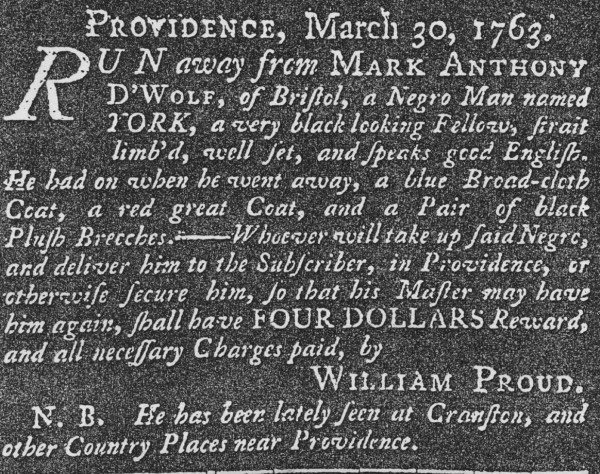
In 2010, with the help of Drs. Richard and Carolyn Fluehr-Lobban and Ray Rickman, I decided to make a film about the Gaspee and what really happened.
The Gaspee was a revolt by American colonists against English efforts to abolish slavery, plain and simple. The English Parliament had begun to levy a series of taxes on slave trade-related commodities, including rum, molasses, and sugar cane, and slave traders like Moses and John Brown did not like that. As such, they decided to launch a nighttime citizens militia attack against a government tax enforcement agency, the HMS Gaspee. Whereas Joe and thinkers like him look at the Gaspee and think red, white, and blue, I see the same iconography and think of Auschwitz.
The fact that Justin Katz, whose political movement to criminalize abortion uses American abolitionists as a rhetorical device sometimes, does not know this basic element of the history of the abolitionist movement in Rhode Island indicates just how preposterous such analogues truly are. The fact McNamara consistently calls the Gaspee raiders, who were engaging in a vanguard attack on behalf of the Triangle Trade genocide against Africans, patriots and heroes is indicative of what Frantz Fanon described as cognitive dissonance.
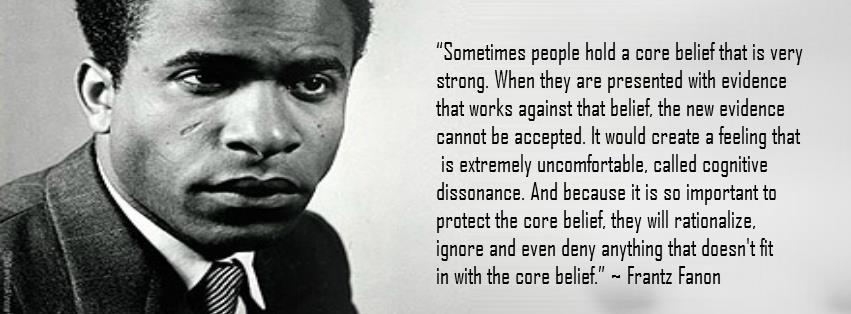
On behalf of this cognitive dissonance, in November 2014 Joe premiered a documentary created with the Gaspee Days Committee about the Gaspee, produced after he had seen my film about this topic, AARON BRIGGS AND THE HMS GASPEE, that totally leaves out the fact this whole incident was all about the enslavement of human beings and treating African people as if they were lower than pig droppings.
So, in closing, I hope we all learned something.
I hope Katz has learned to stop giving praise to slave traders and actually do some basic historical research that goes beyond the tawdry material offered by the Gaspee Days website. But then again, looking at the Gaspee Project’s website and ideology, perhaps he is actually correct, their mission is pretty much in line with the ideology of John Brown.
I hope the general readership has learned that, when the Tea Party does it over taxes that can unfairly target working class people while giving freebies to the rich, Joe and his fellow Democrats call it extremism, but when rich white men who trade in human slaves do it, they are “patriots”.
And I hope we all have understood that part of getting rid of white supremacy is beyond going after random personalities who say boo about people of color and gets into toppling structures such as our Disney-fied colonial history to show the ugly, racist, despicable nature of it all.
This country was founded on two genocides that are inter-connected. The first was the extermination of the Native Americans, begun here in Rhode Island when Roger Williams sold captives taken from the Pequot War out of Boston to Bermuda, which proves that his glory as some kind of freedom fighter is white supremacist garbage.
The second was the genocide against Africa, which was enacted because the refugees from the Pequot War escaped inland and told their fellows to migrate West to escape the wrath and wickedness of the white man. That migration reduced the number of Natives the colonists could enslave, therefore they looked across the Atlantic to the Gold Coast for a fresh supply of human beings.
The Gaspee incident was our Warsaw ghetto uprising. Aaron Briggs, who I profile in my documentary, was the Afro-Indian youth who tried to rebel against the slavery system by trying to testify against the Gaspee raiders in the trial the British set up to figure out what happened.
And the Gaspee raiders were the Nazis who suppressed the uprising and continued the murder.
Some would perhaps say that using an analogue between the Shoah and American slavery is problematic for any number of reasons. Ah, but here’s the rub, Adolf Hitler said in Mein Kampf that his plans for the Final Solution were modeled on the American treatment of people of color.
Those who are curious about further elements of this story can find a good deal of scholarship in Dr. Gerald Horne’s excellent monograph The Counter-Revolution of 1776: Slave Resistance and the Origins of the United States of America or my film AARON BRIGGS AND THE HMS GASPEE.


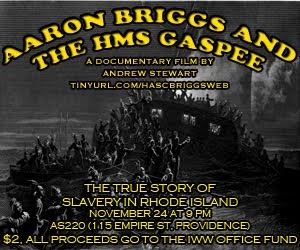
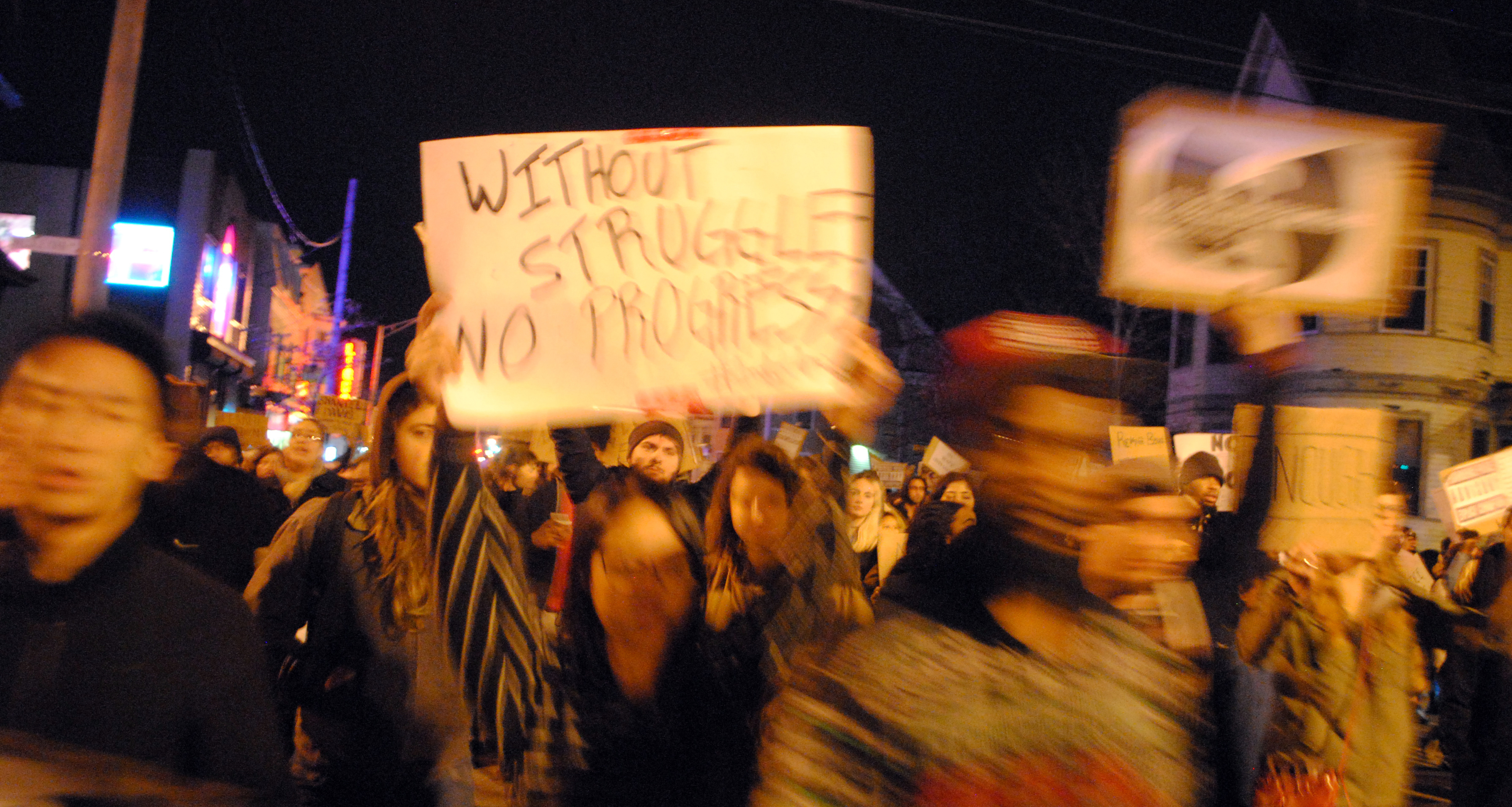
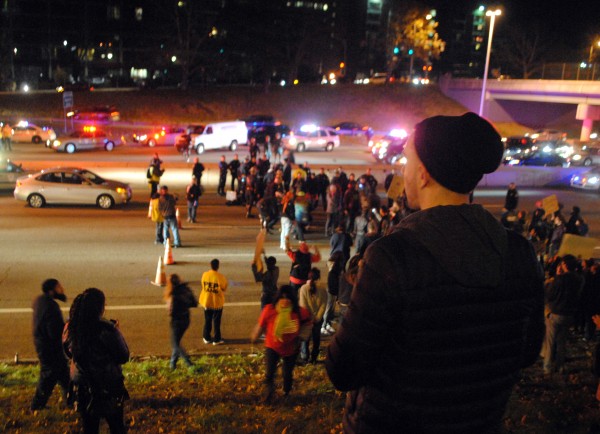 “Flag burning? They think that helps their cause?”
“Flag burning? They think that helps their cause?”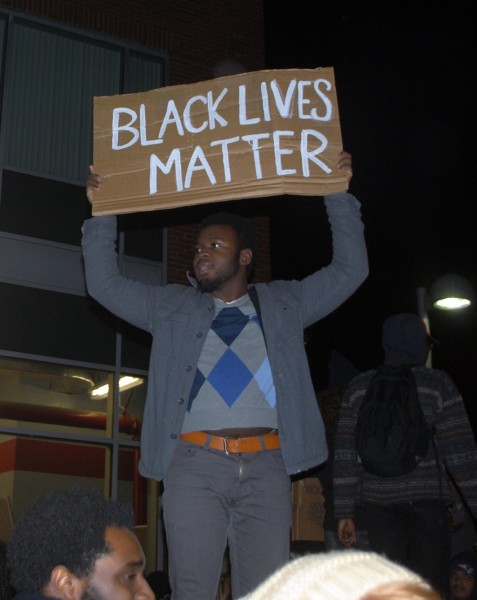 To be fair, some see this as a tactical issue, and debate whether or not closing down the highway was the best course of action, but others feel that attention getting stunts like this are wrong because effectively highlighting the existence of racism brings about the possibility of system change, and with such change comes insecurity, uncertainty and fear for the privileged.
To be fair, some see this as a tactical issue, and debate whether or not closing down the highway was the best course of action, but others feel that attention getting stunts like this are wrong because effectively highlighting the existence of racism brings about the possibility of system change, and with such change comes insecurity, uncertainty and fear for the privileged.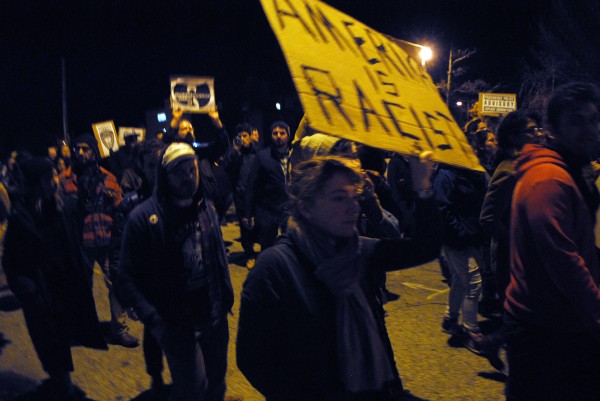 Let’s get one thing out of the way right now: burning the American flag is a symbolic gesture that hurts no one and is completely protected speech under the first amendment. If a burning flag offends you more than the idea of the police gunning down a twelve year old carrying a BB gun or shooting a man in the toy aisle of a Walmart, your priorities are out of whack, and this piece isn’t written for you.
Let’s get one thing out of the way right now: burning the American flag is a symbolic gesture that hurts no one and is completely protected speech under the first amendment. If a burning flag offends you more than the idea of the police gunning down a twelve year old carrying a BB gun or shooting a man in the toy aisle of a Walmart, your priorities are out of whack, and this piece isn’t written for you.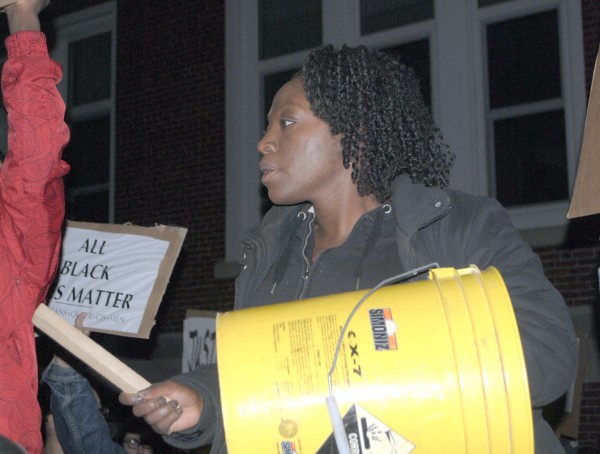 This piece is for the rest of us.
This piece is for the rest of us.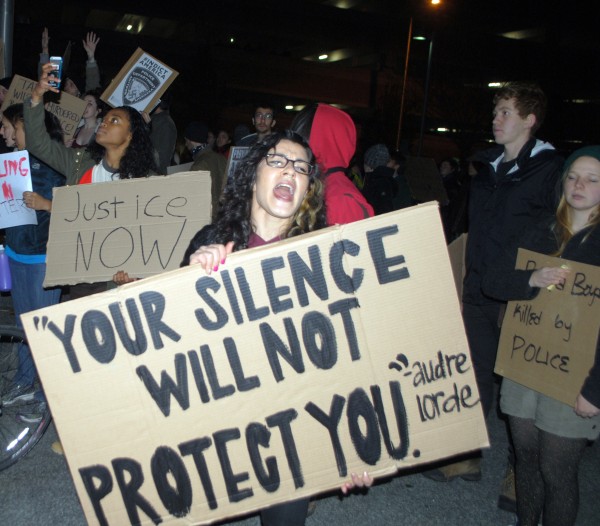 One potential Christie voter,
One potential Christie voter, 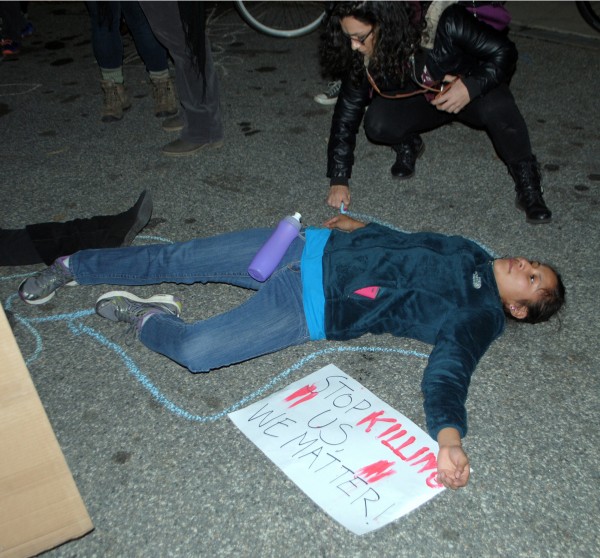 Somehow, according to Paquin, blocking traffic for twenty minutes on a Tuesday night is “no better.”
Somehow, according to Paquin, blocking traffic for twenty minutes on a Tuesday night is “no better.”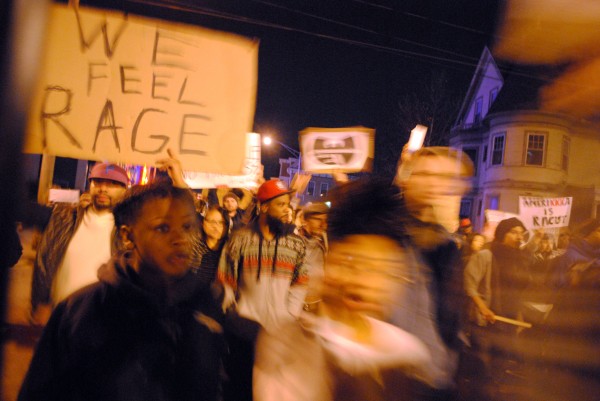 So what has come out of the blocking of the highway? Conversation. Some of it is angry: privilege lashes out when uncovered, like a tiger pulled away from its young. Some of it is pointless: too many are so enmeshed in the privileges the current system confers upon them that they will never allow for the uncertainty of change.
So what has come out of the blocking of the highway? Conversation. Some of it is angry: privilege lashes out when uncovered, like a tiger pulled away from its young. Some of it is pointless: too many are so enmeshed in the privileges the current system confers upon them that they will never allow for the uncertainty of change.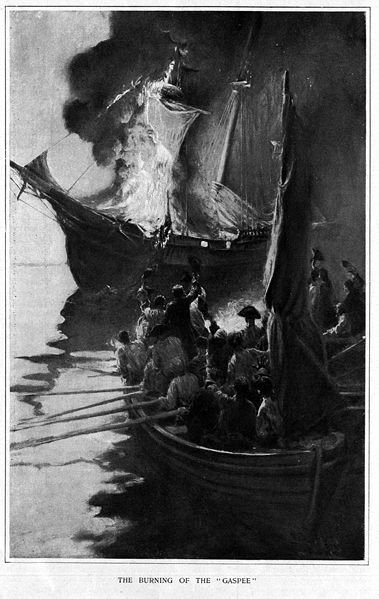
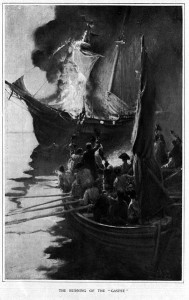 Every child who attended public school in Rhode Island and stayed awake during history class has heard the story of the Gaspee Affair, the first shot fired in what would come to be known as the Revolutionary War.
Every child who attended public school in Rhode Island and stayed awake during history class has heard the story of the Gaspee Affair, the first shot fired in what would come to be known as the Revolutionary War.